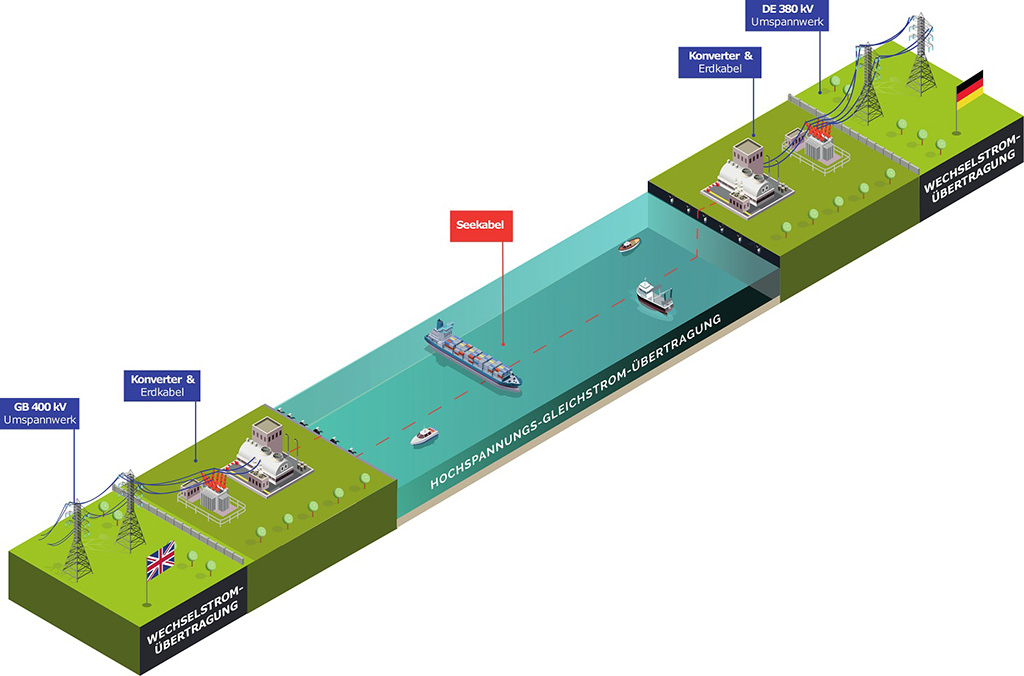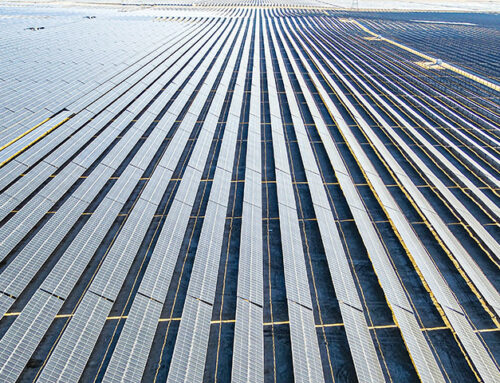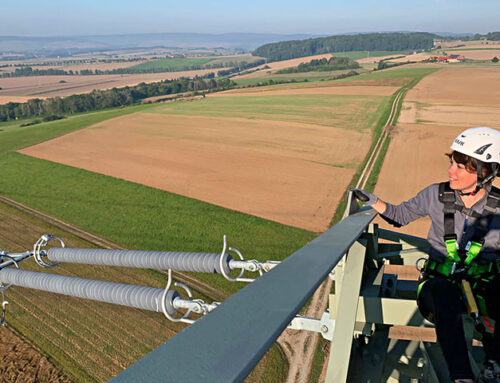NeuConnect – The Largest German-British Infrastructure Project
A Flagship Project of the Energy Transition
It is not the size of this project that makes it a topic of conversation among energy experts and heads of state, but rather its great importance, namely its energy sector relevance for Germany and the UK in terms of security of supply in Europe. NeuConnect is a mammoth project connecting two countries across three national borders. I would like to tell you about this and the role Fichtner is playing in this project at the start of the implementation phase in 2022.
It is one of the world’s largest interconnector projects: A 725-kilometer-long, almost invisible “energy highway” is being built between the British mainland near London (Isle of Grain), at the Thames Estuary, and the Lower Saxony region around Wilhelmshaven. The high-voltage direct current (HVDC) transmission line, laid as a subsea and underground cable, will cross through the territories of the UK, the Netherlands and Germany in future. In about six years, NeuConnect will be able to transmit up to 1.4 GW of electricity in both directions – enough to reliably power about 1.5 million homes in the UK and Germany.

Illustration of the NeuConnect interconnector
Fichtner in a Team with Industry Giants
The cable manufacturing and laying works for NeuConnect were contracted to Prysmian Group, Milan, a world leader in DC submarine and power & telecom cable installations. The design and construction of the two converter stations using VSC technology – in the UK and Germany – will be carried out by the international power technology group Siemens Energy, Munich. Project and commercial management, technical verification of design work, safety, health, environment and quality (SHEQ) management and monitoring of compliance with conditions from the permitting procedures for the onshore and offshore parts have been assigned to a joint venture called AFJV consisting of Fichtner, Stuttgart, and Arup, London.
NeuConnect’s Benefits at a Glance
This first direct electricity link between two of Europe’s largest energy markets is a key project and a flagship project of the energy transition. The main advantages are as follows:
- Higher efficiency in power transmission through the use of HVDC technology
- More stability and flexibility for the European interconnected grid
- Balancing different demand peaks in the UK and Germany
- Efficient use of capacities due to the time difference between the UK and Germany
- Balancing fluctuations caused by electricity feed-in from renewable energies
- Improving the diversity of energy supply – resilient, reliable and flexible
- Improving grid stability and connection conditions in both countries
- More competition facilitates lower consumer costs in Europe’s largest energy markets.
- – Export of surplus renewable energy between the countries, which is important for preventing regular shutdowns of wind turbines due to generated but unused power.
“The numbers are impressive: According to its own analysis, NeuConnect will help reduce CO₂ emissions by 13 million tons over 25 years. That’s the equivalent of planting 28 million trees or removing 400,000 cars from the road.”
A Project That Is Being Talked About
Back in the summer of 2021, the then heads of government of both countries – British Prime Minister Boris Johnson and German Chancellor Angela Merkel – underlined their support for NeuConnect. In March 2023, during the state visit of King Charles III to Germany, German President Frank-Walter Steinmeier first highlighted the importance of the project. During his subsequent speech in the German parliament, the British King did not miss the opportunity to comment on the leadership role for securing our shared future, which the UK and Germany – the two largest producers of offshore wind energy in Europe – are sustainably strengthening with NeuConnect.
Fichtner’s Comprehensive Project Services
Fichtner, already involved in the planning of the project since 2018, is now supporting NeuConnect with overall project management and implementation services up to the successful start of commercial operation of the HVDC interconnector in a joint venture partnership with Arup. This includes project management and budget control; design review; technical compatibility and safety review, including compliance with grid codes and connection requirements; oversight of factory testing; supervision of manufacture, installation, commissioning, and trial operation; and monitoring of compliance with environmental requirements and permits.
Environmental Issues…
Given the dimensions of the NeuConnect project and its necessity for the energy industry, the expected impacts on nature and landscape are manageable. This is the conclusion reached by various studies on environmental protection, nature conservation and ecology, in relation to the converter areas, the subsea and underground cable routes and the landfall areas. In addition, Fichtner is providing comprehensive ecological construction supervision in close cooperation with the competent authorities and specialist firms.
And Citizens’ Issues
NeuConnect has been holding regular discussions not only with the permitting and technical authorities about the current status and specific aspects of the project, but also from the outset with citizens and regional nature conservation associations in the affected regions. Their commitment was and is to inform and involve key target groups from the initial planning phase through to construction and operation of the new infrastructure. All environmental and nature conservation requirements are taken into account throughout the construction project in order to minimize the impact on people and nature.
On Course for 2028
A lot has happened since the project was launched in 2018. What began, among other things, with surveys of some 700 km of seabed to determine the exact underwater route of the project, got underway in September 2022 with preliminary work on the converter stations. At this point, however, a past in which Germany and the UK were hostile to each other caught up with the project: in the form of a 500-kg World War II aerial bomb found on the converter site near Wilhelmshaven, which was properly removed by experts. The project is nevertheless on course in its goal to begin operations by 2028 to help achieve important energy and climate policy goals beyond the countries involved. It is doing so with major support from politics and business, with an investment of around 1.8 billion euros, with worldwide leading energy companies and, we are very proud to say, also with Fichtner.
July 2023

Uwe Armonies
Senior Project Manager
in the Power Transmission and Distribution Projects Department





